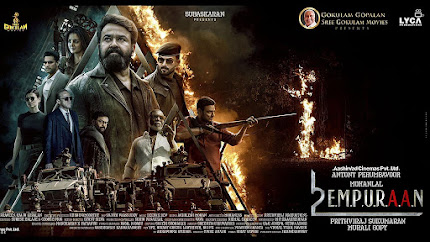Why did it take a SEBI to discover that the crooks of Gensol, the Jaggi Brothers, had purloined the money they had borrowed for purchase of Electric Vehicles? Why did the government institutions, viz. IREDA and the PFC never check how their loans were utilised? Why didn’t the Board of Directors of Gensol ever review the finances and performance of the company? What if Gensol were still a privately held nascent startup and had not come under the watch of SEBI? Would the Jaggi Bothers have settled the matter “internally” with the VC/PE fund providers the way Ashneel Grover of BharatPe did after “some financial irregularities”? When cheating of a single individual by any other individual attracts provisions of the Penal Code resulting in jail term, how is it that such forgery at such scales as committed by the promoters of Gensol, BharatPe, Byzu’s, BookMyShow (for Coldplay), WazirX’s Crypto heist and many-many more such frauds are simply brushed under the carpet as an almost benign case of “Corporate Misgovernance”? The Jaggi Brothers siphoned off 262 crores out of 978 crore of public money; it wasn’t the personal fund of an angel investor but of government agencies. Why are these people not in jail already?
Well the carpet has a huge pile of garbage under it now. With look-rich-quick, not get-rich-quick tendency Startup promoters have been quick to use the seed and series funds for buying Camilla Apartments and Lamborghinis, fancy holidays and ultra-expensive golf-kits. Nobody would grudge them all that pomp if it was acquired out of profits and salaries. But now they don’t even want to wait for the exit, the IPO, or a profitable merger. They want it big and they want it now. And call it a mere lapse of judgement or corporate misgovernace.
What a blot on the startup and corporate ethics? A very stern handling of these defaulters and fraudsters is called for. And it is needed to be done today.
—-ooo—-



